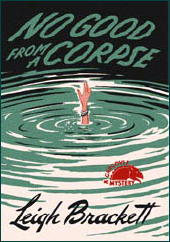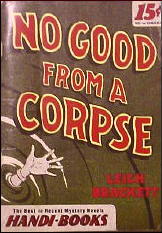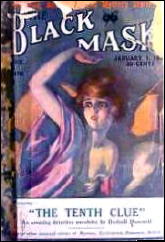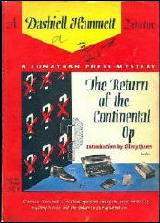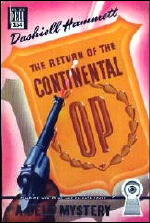Sat 15 Apr 2017
Fantasy Stories I’m Reading: KAREN JOY FOWLER “Private Grave 9.”
Posted by Steve under Science Fiction & Fantasy , Stories I'm Reading[5] Comments
KAREN JOY FOWLER “Private Grave 9.” First published in McSweeney’s Mammoth Treasury of Thrilling Tales, edited by Michael Chabon (Vintage Books, 2003). Collected in What I Didn’t See and Other Stories (Small Beer Press, 2010). Reprinted (and lead story) in The Mammoth Book of the Mummy, edited by Paula Guran (Prime Books, 2017).
This story takes place in Mesopotamia around the same time that Howard Carter was looting King Tut’s burial site over in Egypt. The unnamed narrator is there at the dig as its official photographer when two things happen: First the discovery of a body of a royal princess in a tomb also containing the remains of seven other women, quite possibly her servants.
Secondly, and perhaps even as importantly: the arrival of a mystery writer (Ã la Agatha Christie) hoping to soak up some atmosphere for her next book, and looking for signs of conflict between the various members of the expedition. She finds none, not at first, but as time goes on, she does create some.
Or do the murderous thoughts that come into his mind come from the princess, Tu-api, rather than the presence of Miss Whitfield? One of the narrator’s photos of the princess mysteriously shows a ghostly image of her face, or is it only his imagination?
This story is extremely well written, with many fine scenes and phrases to keep the reader turning the pages. To me, however, this is a story in which something is always on the verge of happening, but that something never really does. Nor by story’s end has anything much changed, except to the narrator, who cannot seem to relate what he has found out about himself to anyone except himself.
But as to whether his discovery translates well to the reader, well, all I can suggest is that is something that will depend on the reader. As for me, I was disappointed, but I also have to tell you there are depths here that make this a story well worth reading.
